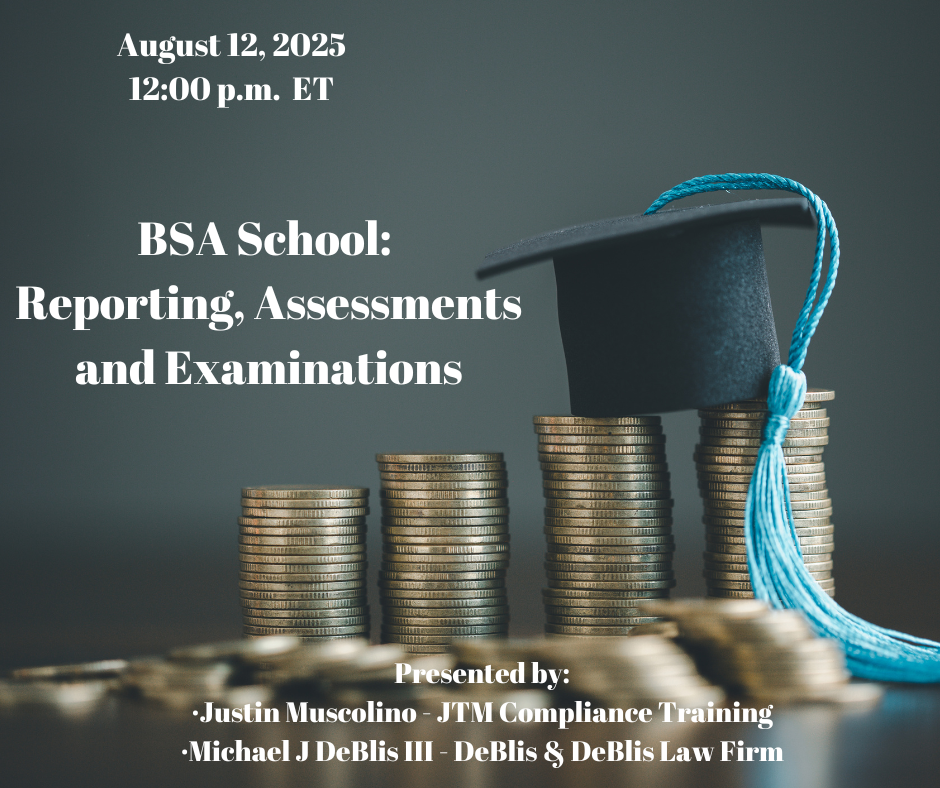
Exciting new series on “Voice, Body and Movement for Lawyers – How to connect with the jury and find Justice Through Dramatic Technique!”
Click here to find out more
Exciting new series on “Voice, Body and Movement for Lawyers – How to connect with the jury and find Justice Through Dramatic Technique!”
Click here to find out more
Generative AI platforms can create diverse content, such as marketing materials, translations, and source code. However, they also raise various legal issues, such as who owns the output, whether it infringes on existing works, and whether it is eligible for protection. As generative AI becomes more widespread and used by employees in different industries, companies need to be careful about how they adopt and use these platforms, especially how they handle the output and integrate it with other information.
This program, by Emily Tait and Carl Kukkonen, will discuss the legal challenges of using generative AI, and the potential impact of the U.S. Supreme Court’s ruling in Warhol Foundation v. Goldsmith.

The Electronic Signatures in Global and National Commerce (E-Sign) Act established a legal framework...

Successfully navigating the web of legal ethics issues faced by counsel in today’s ever evolvi...

KYC (Know Your Customer or Know Your Client) can be a roadblock for any bad actor. As an institution...

Attorneys benefit from knowing about how addictive problems present in themselves and others, and ab...

This session is designed to help compliance professionals and fintech partners better understand the...

No good deed goes unpunished – ethical considerations when representing family and friends. It...

This course provides an introductory overview of blockchain technology and non-fungible tokens (NFTs...

This session provides a practical overview of bank fraud, helping participants identify common fraud...

The Investment Company Act of 1940 potentially imposes significant regulatory burdens on investment ...

Regulators have become more focused than ever to ensure financial institutions are operating with th...